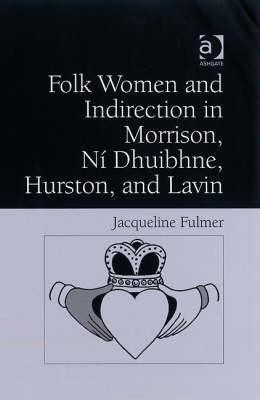Folk Women and Indirection in Morrison, Ni Dhuibhne, Hurston, and Lavin(English, Hardcover, Fulmer Jacqueline)
Quick Overview
Product Price Comparison
Focusing on the lineage of pivotal African American and Irish women writers, Jacqueline Fulmer argues that these authors often employ strategies of indirection, by way of expressions of folklore, when exploring unpopular topics, to attract readers who would otherwise reject the subject matter.Fulmer traces the line of descent from Mary Lavin to Eilis Ni Dhuibhne and from Zora Neale Hurston to Toni Morrison, showing how obstacles to free expression, though varying from those Lavin and Hurston faced, are still encountered by Morrison and Ni Dhuibhne. The basis for comparing these women authors lies in the strategies of indirection they use. In both African American and Irish communities, women have often been encouraged to suppress the inequities they experience as women in the service of the larger community's civil rights struggle. Women who draw attention to their own injustices have frequently been called divisive or had their concerns trivialized.Lavin and Hurston both adopt strategies of indirection influenced by folklore, strategies still used by Ni Dhuibhne and Morrison.The folkloric characters that these four authors employ, wild denizens of the Otherworld and wise women of various traditions, help their creators insert controversy into fiction in ways that charm rather than alienate readers. Forms of rhetorical indirection that appear in the context of folklore, such as signifying practices, masking, sly civility, and the grotesque or bizarre, come out of the mouths and actions of these writers' magical and magisterial folk women.Examples of the authors' use of wise and Otherworld characters to evade and question authority will illustrate how indirection has been known to operate in discourses critics already recognize as silenced. As differences in worldviews between times and cultures affect what 'can' and 'cannot' be said regarding sexual expression and reproduction, the full range of folk women characters, as depicted by Hurston, Lavin, Morrison, and Ni Dhuibhne, offer new ways to address questions arising from their works.


